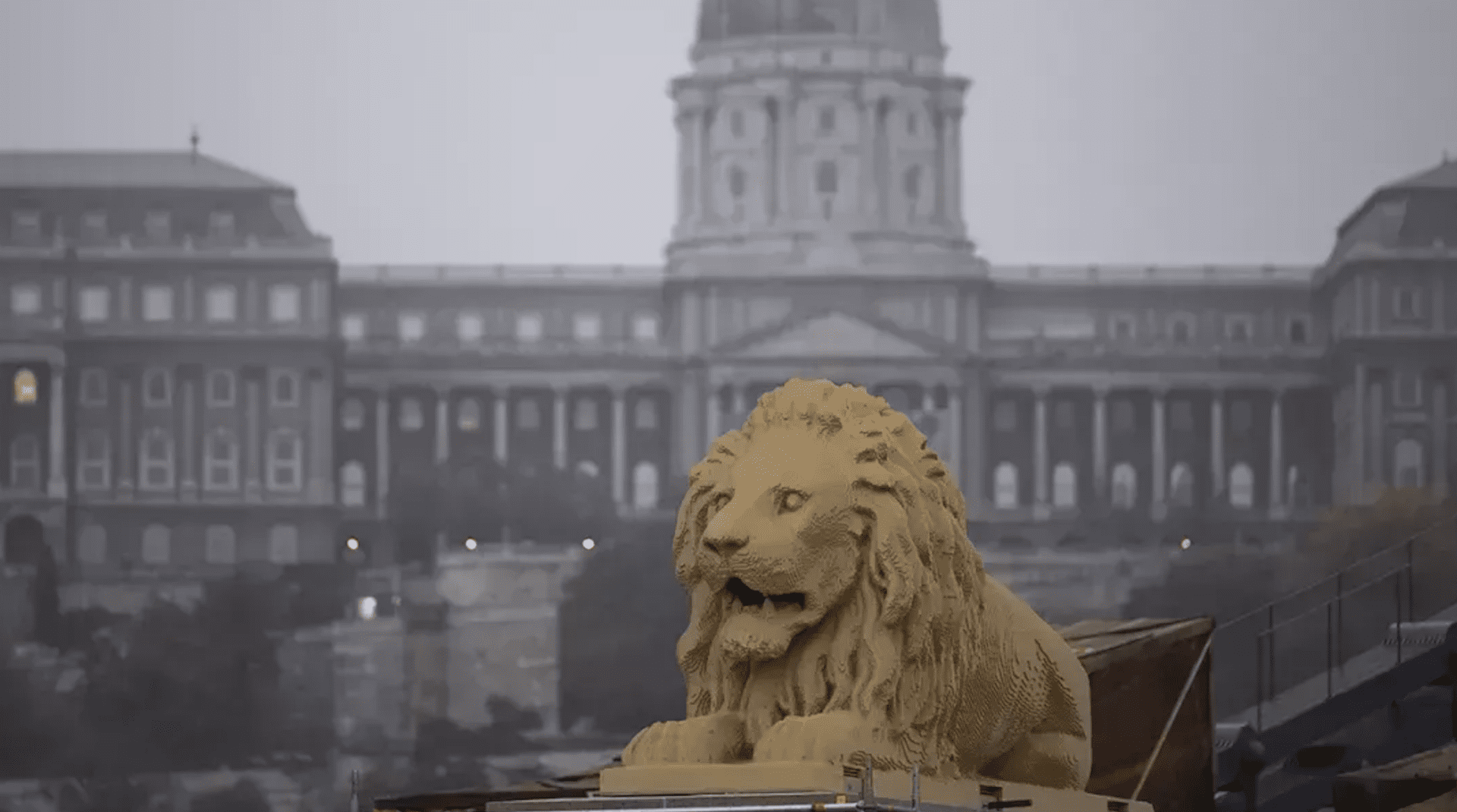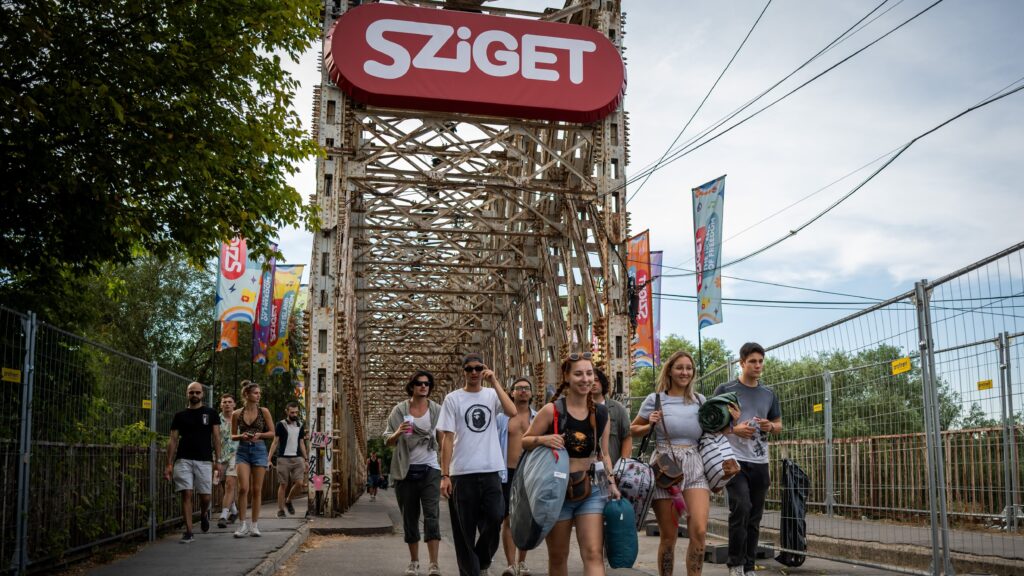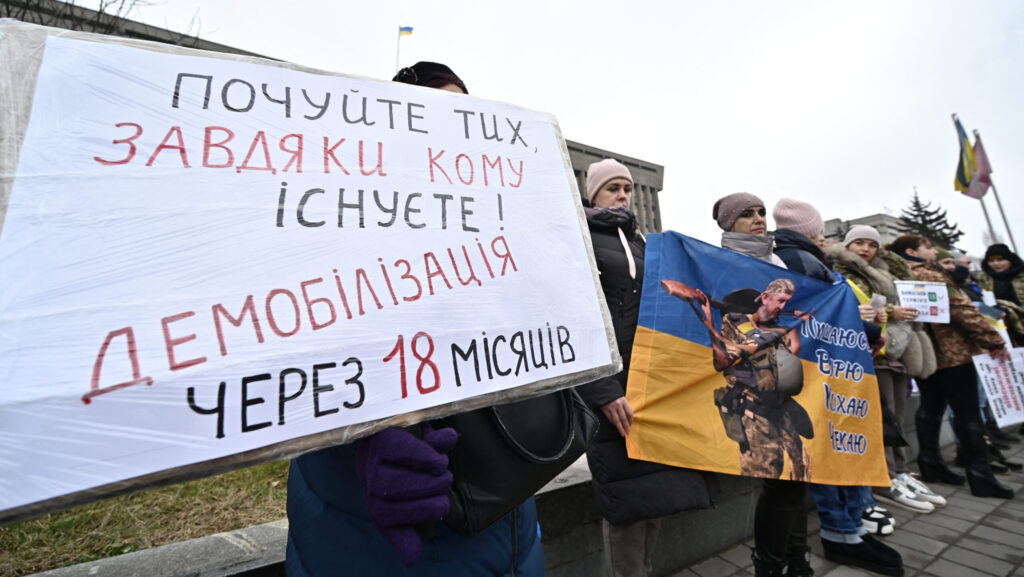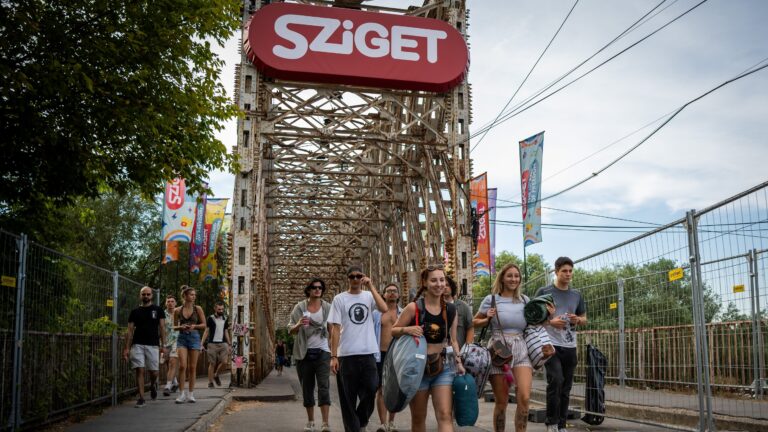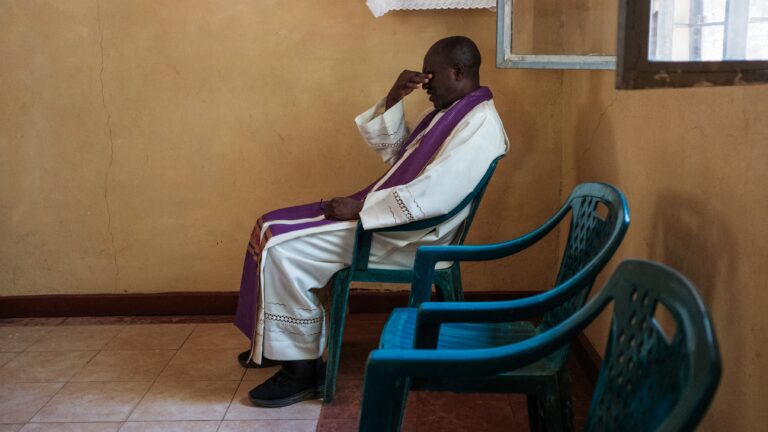The Chain Bridge is one of the most iconic structures of Budapest. Built between 1839 and 1849, it was the first permanent bridge over the Danube River, connecting the then-two cities, Pest and Buda. The bridge is officially called Széchenyi Chain Bridge, named after the man, Count István Széchenyi de Sárvár-Felsővidék who inspired and to a large extent funded its construction. According to an urban legend, Széchenyi was inspired to build a bridge over the Danube River in 1820 when he could not attend the funeral of his father, Count Ferenc Széchényi, because due to the bad weather crossing the Danube River was impossible. Motivated by this tragic event, Széchenyi argued that building a bridge over the Danube is necessary to ‘weld the homeland and its heart torn apart by the Danube’—a mission the Chain Bridge fulfils even today.
The Chain Bridge was the first step towards making Pest-Buda a metropolis
The construction of the Chain Bridge is also a symbol of the modernisation of Pest-Buda, which became known as Budapest in 1873. Pest-Buda went through a remarkable development in the 19th century and the Chain Bridge was the first step towards making Pest-Buda a metropolis with the necessary trade and transportation connections. The bridge that fits in harmoniously with the modern Budapest built around it was designed by Englishman William Tierney Clark, while the plans were executed by Scotsman Adam Clark. The four iconic lions of the bridge were created by János Marschalkó. The modernisation of the capital that the Chain Bridge is a symbol of manifests itself not only in its breathtakingly beautiful design, but also in the fact that all who crossed the bridge had to pay the same toll, regardless of their social status. Thus, the bridge was an important step towards eliminating social and legal differences between commoners and nobles and thereby contributed to the creation of a modern civil society.
The bridge’s history is closely intertwined with the history of Budapest. While the foundations of the bridge were laid in 1839, due to the Revolution and Freedom Fight of 1848–49 its completion was delayed. Because if its strategic importance, both the Hungarian rebels and the Austrian army threatened to blow it up multiple times. While the bridge was damaged during the Freedom Fight, it was ready for inauguration by late 1849. The bridge was opened among sorrowful circumstances on 20 November 1849: it was none other than the infamous Julius Jacob von Haynau, the ruthless Austrian commander who brutally retaliated against those who had taken part in the Hungarian revolution, who officially inaugurated the bridge. Not even Széchenyi was invited to the celebration—as a matter of fact, he never had the chance to cross the bridge: he committed suicide in 1860 after suffering from anxiety and mental illness for more than a decade. Towards the end of World War II, the bridge was blown up, but it was rebuilt and opened for the public in 1949 on the 100th anniversary of the bridge’s first inauguration.
The LEGO lion is expected to remain on the bridge until the end of the month
For the first time in 36 years, the Chain Bridge is now undergoing a major renovation, and also the iconic roaring lions guarding the bridge have been temporarily removed for restoration. To the pleasant surprise of the residents of the capital city, however, one of the figures was temporarily replaced with a lion made from Lego bricks. The 2.8 tonne lion, in the exact proportions of the original statue, is made from 850,000 Lego bricks. The Lego lion is expected to remain on the bridge until the end of the month. The statue is the work of Lego builder Balázs Dóczy, who sacrificed 560 hours of his time to recreate one of Budapest’s most iconic symbols. With the renovation is still in progress, the public closely follows every development connected with the process—not only the fate of the world-famous lions but also that of the love locks placed on the bridge over decades. When the renovation started, ten buckets of padlocks were carefully removed from the bridge, making sure they are not damaged. To the great relief of all the couples who placed the symbol of their unbreakable love on the bridge, the plan is to put the removed padlocks back onto a designated ‘padlock wall’ of the renovated bridge. The Chain Bridge is expected to reopen at the end of this year.

